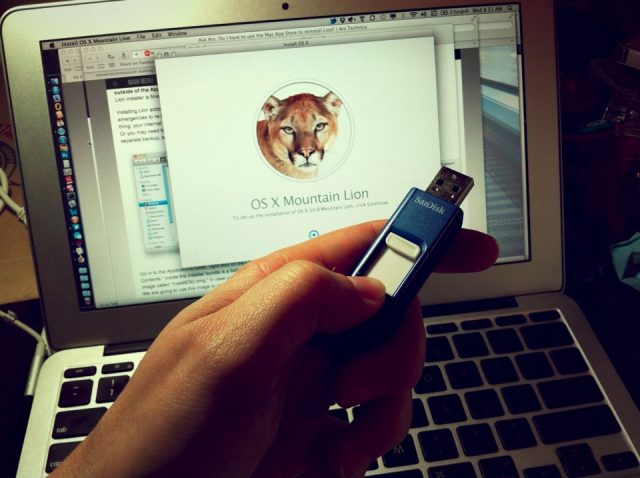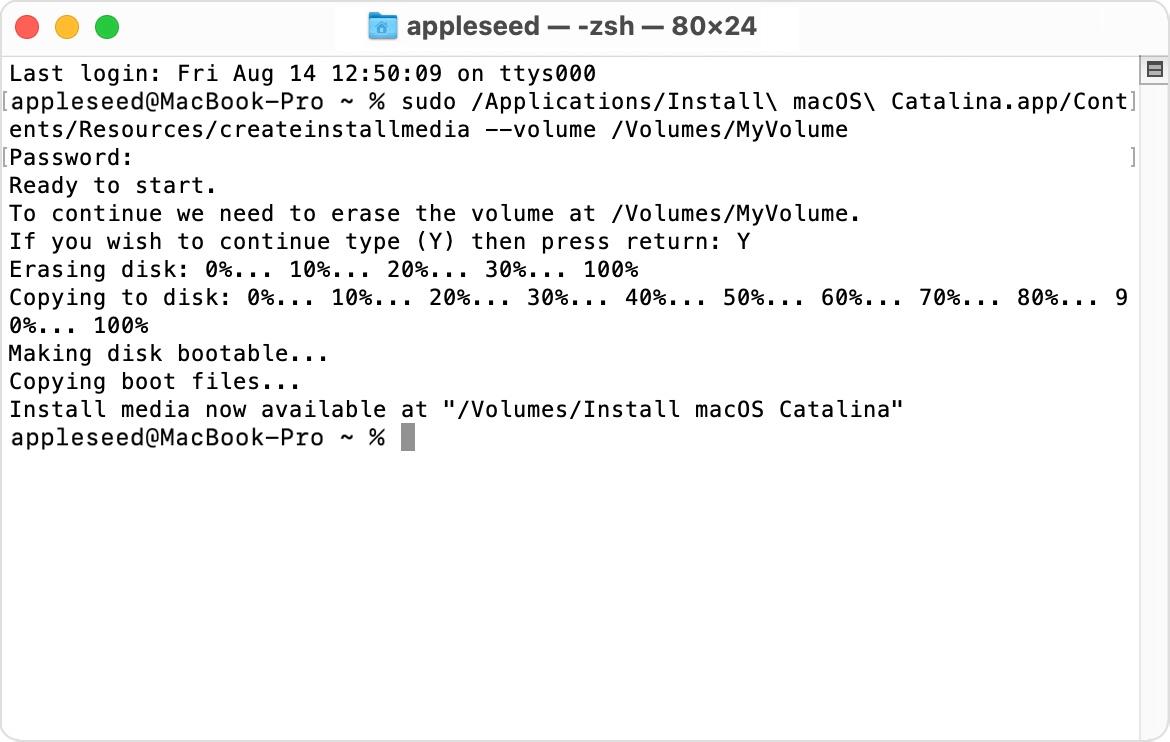

- #Create mac os x mountain lion install disk password#
- #Create mac os x mountain lion install disk series#
- #Create mac os x mountain lion install disk download#

#Create mac os x mountain lion install disk download#
I recommend to search for ed2k network download (recommended), the keyword is "Mac OS X Mountain Lion dmg" or "Mac OS X Lion dmg". Described here no longer compile.Īpple systems on Mac OS X installation disc image, use the dmg format of the original image. Open CPU hardware virtualization technology can be turned on via the motherboard BIOS settings.ĭownload and install VMware Workstation VMware can go to the official website or on the ed2k network search download (recommended). Readers can be CPU-V or CPU-Z and other tools to test the result. This tutorial method used by the virtual machine, provided that the machine's CPU must support hardware virtualization technology.
#Create mac os x mountain lion install disk series#
Current mainstream Intel Core series and AMD Athlon series CPU virtualization technology is supported, the name was Intel VT-x and AMD-V.) (This tutorial configuration needs: support hardware virtualization technology (Virtualization) of the CPU. You can now quit Terminal and eject the volume.If your machine is part of the mainstream configuration, you can discard the traditional real native partition installation method, while the use of virtual machine method described in this article, not only greatly reduce the problems encountered difficult, but also in the use of Mac OS X to get the experience is excellent the.
#Create mac os x mountain lion install disk password#
When prompted, type your administrator password and press Return again.* If your Mac is using macOS Sierra or earlier, include the -applicationpath argument and installer path, similar to the way this is done in the command for El Capitan. Sudo /Applications/Install\ OS\ X\ El\ Capitan.app/Contents/Resources/createinstallmedia -volume /Volumes/ MyVolume -applicationpath /Applications/Install\ OS\ X\ El\ Capitan.app Sudo /Applications/Install\ macOS\ High\ Sierra.app/Contents/Resources/createinstallmedia -volume /Volumes/ MyVolume Sudo /Applications/Install\ macOS\ Mojave.app/Contents/Resources/createinstallmedia -volume /Volumes/ MyVolume Sudo /Applications/Install\ macOS\ Catalina.app/Contents/Resources/createinstallmedia -volume /Volumes/ MyVolume Sudo /Applications/Install\ macOS\ Big\ Sur.app/Contents/Resources/createinstallmedia -volume /Volumes/ MyVolume Sudo /Applications/Install\ macOS\ Monterey.app/Contents/Resources/createinstallmedia -volume /Volumes/ MyVolume

If it has a different name, replace MyVolume in these commands with the name of your volume.

These assume that the installer is in your Applications folder, and MyVolume is the name of the USB flash drive or other volume you're using.


 0 kommentar(er)
0 kommentar(er)
